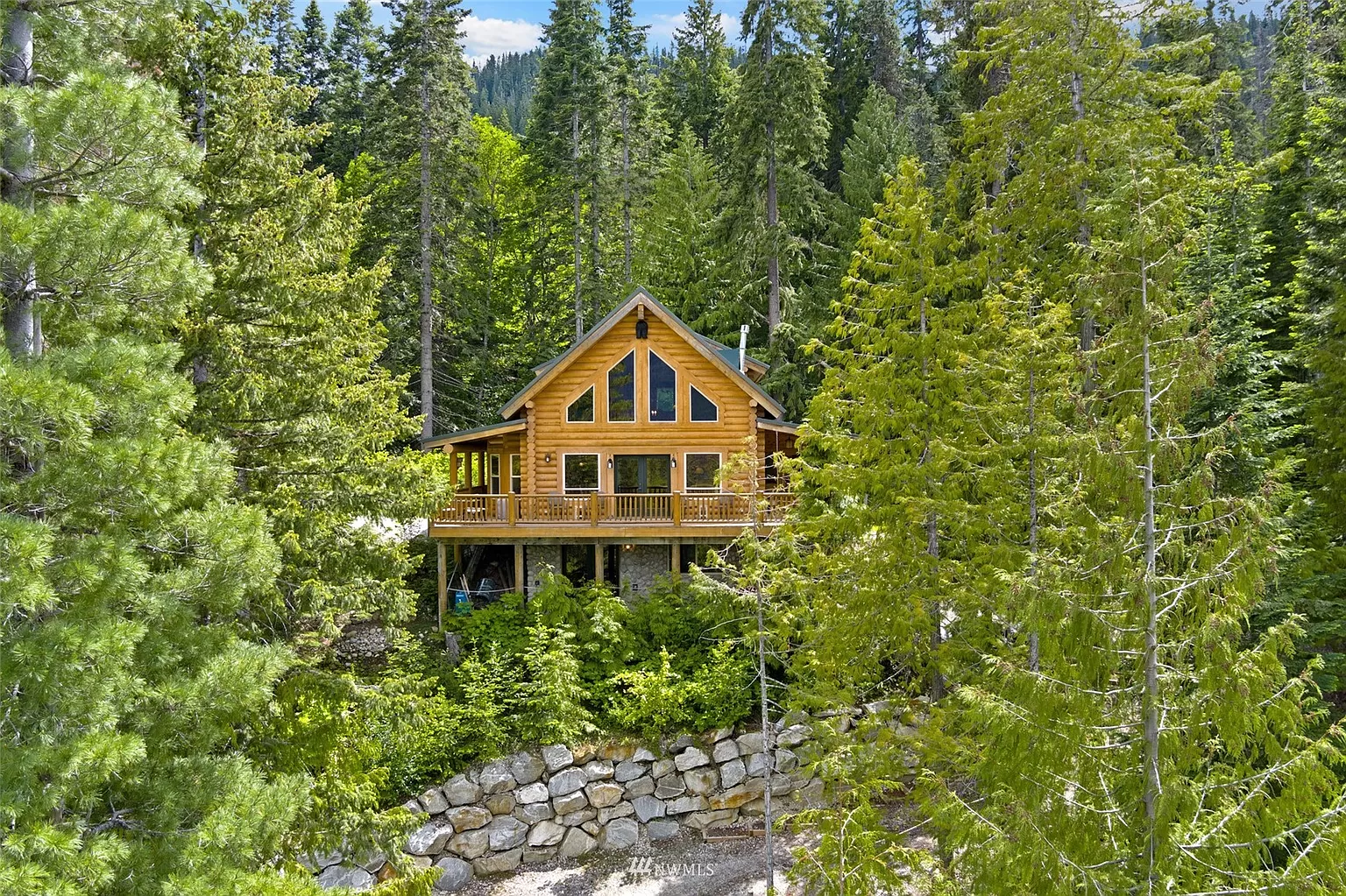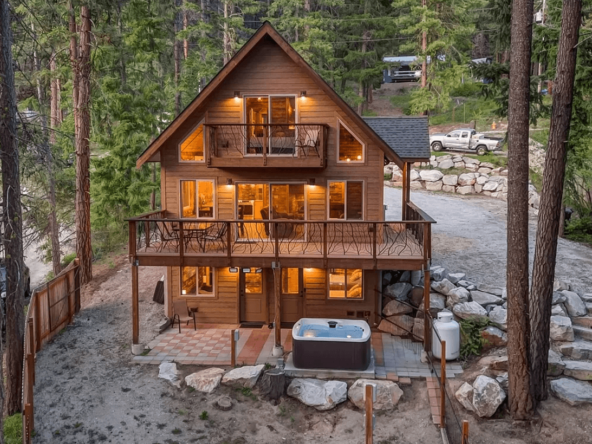Selling a house during high interest rates
As interest rates rise and buyer affordability declines, sellers typically lower their asking price to remain competitive. Alternatively, sellers should consider a rate buydown.
What is a seller-paid rate buydown?
A buydown allows a borrower to obtain a lower interest rate by paying discount points at closing. Discount points, also known as mortgage points or prepaid interest points, are a one-time fee. For a loan term with discount points, the interest rate is lower.
Each discount point is 1% of the loan amount, and each point reduces the rate by .25%. So if a buyer purchases two discount points on a $200,000 loan, they’ll pay an extra $4,000 in fees at closing to reduce their rate by .50%.
Although rate buydowns are common, they are rarely passed on to the buyer. As a seller concession, sellers can lower the buyer’s rate and set aside a portion of their profit to cover the cost. Learn more at leavenworthhomesandland.com/seller-buydown
How do seller-paid buydown benefit home buyers?
Homebuyers benefit from buydowns both immediately and in the long run. They can save thousands of dollars in out-of-pocket expenses by taking advantage of a lower mortgage rate.
By securing a lower mortgage rate, their monthly mortgage payment also decreases. Additionally, they will pay less interest throughout the loan.
How does a buydown benefit a home seller?
Seller-paid points benefit more than just homebuyers. Despite what some may think, sellers don’t get short-changed.
In response to rising interest rates, some homes take longer to sell when demand decreases. To speed up a sale, some sellers consider reducing the price. They might lower their asking price by $10,000 to $20,000 (or more). This strategy, however, also reduces their profit significantly.
In contrast, a rate buydown is often a more cost-effective option. Using this strategy also reduces the profit of a seller. However, they usually lose less money if the asking price is lowered.
For example:
A buyer agrees to a sales price of $400,000 with a 5% down payment. This results in a $380,000 loan and a monthly payment of about $2,158 on a 30-year fixed-rate mortgage (assuming a 5.5% mortgage rate and excluding taxes, home insurance, and PMI).
When mortgage rates rise, a buyer’s pre-approval results in a higher monthly payment. The seller may consider lowering the asking price by $20,000 if they don’t have any other offers. By assuming the same down payment, the buyer’s loan becomes $361,000, giving them a mortgage payment of $2,050 (which is within their budget).
This strategy reduces the seller’s profit by $20,000.
A less expensive option would be for the seller to keep the original $400,000 asking price, and then buy down the buyer’s rate by two points.
A buyer maintains a $380,000 loan, and the seller credits $7,600 ($3,800 x 2) of their proceeds to reduce the buyer’s rate from 5.5% to 5%. In this case, a 30-year fixed-rate loan would have a monthly payment of $2,040.
It’s a win-win for both parties. As a result, the buyer gets a mortgage they can afford, and the seller does not lose out on too much profit.
If you have questions about what’s best for your situation, call or text us at (509) 548-6560 or fill out our contact form today!




